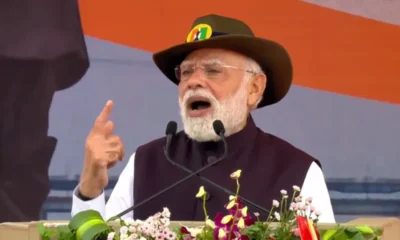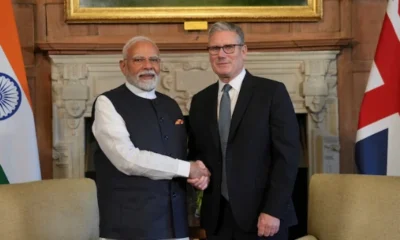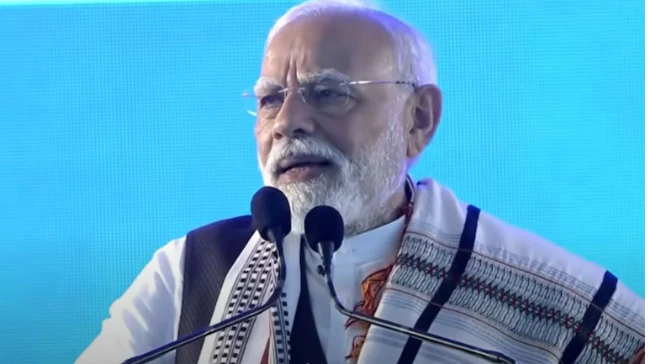Latest business news
Unemployment rate at 6.9 percent, highest in two years when systematic measuring began

India News
Modi says right time to invest in Indian shipping sector; meets global CEOs
Economy news
ITR filing last date today: What taxpayers must know about penalties and delays
The deadline for ITR filing ends today, September 15. Missing it may lead to penalties, interest charges, refund delays, and loss of tax benefits.
Economy news
India’s GDP surges 7.8% in Q1, outpaces estimates and China
India’s GDP surged 7.8% in Q1 2025-26, the highest in five quarters, driven by strong services and agriculture sector growth, according to NSO data.
-

 India News15 hours ago
India News15 hours agoBJP gets its first mayor in Kerala as VV Rajesh takes charge in Thiruvananthapuram
-

 India News16 hours ago
India News16 hours agoVeer Bal Diwas reflects courage, conviction and righteousness, Says PM Modi
-

 India News13 hours ago
India News13 hours agoAAP targets Delhi LG with Ghajini dig over pollution row, BJP hits back
-

 Entertainment12 hours ago
Entertainment12 hours agoDhurandhar box office collection crosses Rs 1,000 crore worldwide in 21 days
-

 Latest world news11 hours ago
Latest world news11 hours agoIndia flags attacks on Hindus in Bangladesh as worrisome after recent lynchings
-

 India News18 hours ago
India News18 hours agoTrain fares increased from December 26: check revised ticket prices across classes
-

 India News18 hours ago
India News18 hours agoDelhi air quality improves slightly but stays in poor category
-

 India News13 hours ago
India News13 hours agoTraffic slows in Himachal Pradesh as year-end tourist rush chokes roads to Shimla, Manali














